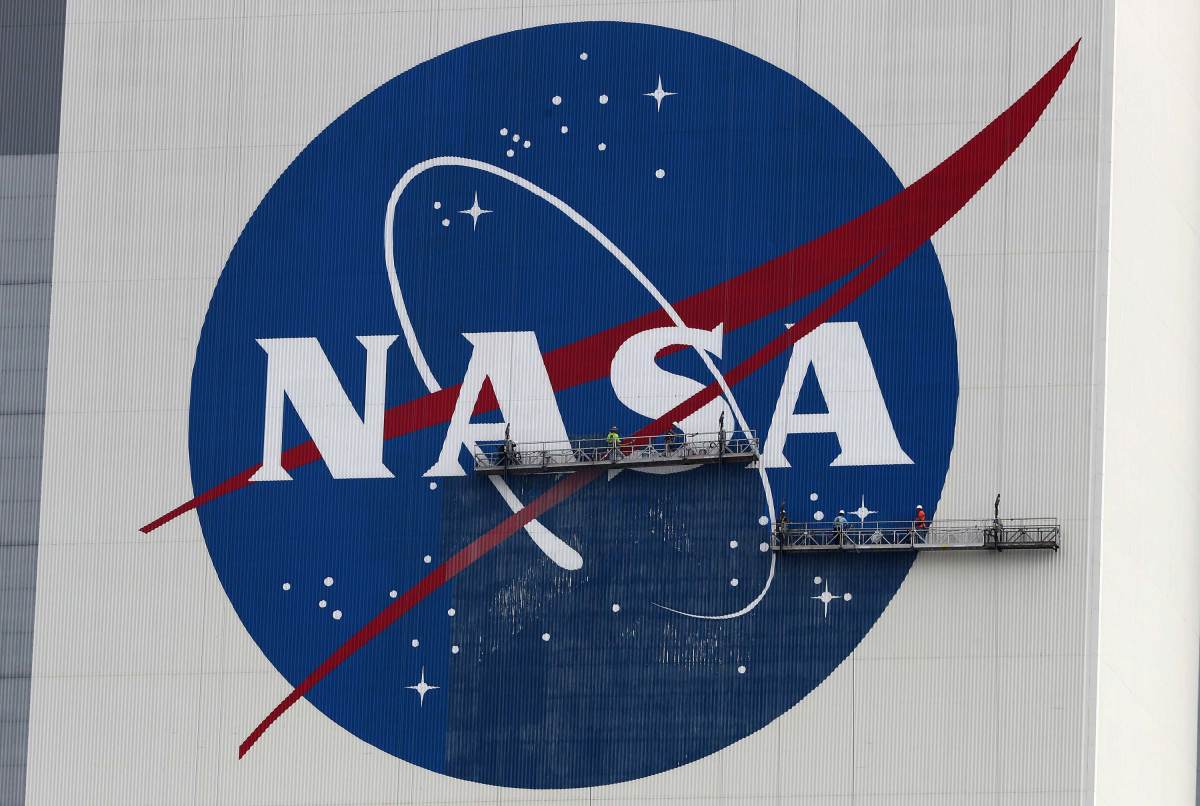Did astronaut Serena Aunon-Chancellor intentionally damage the ISS? Russia makes startling claim

On Saturday, August 14, Kathy Lueders, the chief of human spaceflight for NASA, issued a statement that said, “NASA astronauts, including Serena Aunon-Chancellor, are extremely well-respected, serve their country and make invaluable contributions to the agency. We stand behind Serena and her professional conduct. We do not believe there is any credibility to these accusations.”
NASA Administrator Bill Nelson seconded this statement and tweeted, “I wholeheartedly agree with Kathy’s statement. I fully support Serena and I will always stand behind our astronauts.”
READ MORE
NASA astronauts, including Serena Aunon-Chancellor, are extremely well-respected, serve their country and make invaluable contributions to the agency. We stand behind Serena and her professional conduct. We do not believe there is any credibility to these accusations. pic.twitter.com/y0Lr2NpiUm
— Kathy Lueders (@KathyLueders) August 13, 2021
I whole heartedly agree with Kathy’s statement. I fully support Serena and I will always stand behind our astronauts. https://t.co/gBvgFTP5vF
— Bill Nelson (@SenBillNelson) August 13, 2021
NASA’s defense of the astronaut, who currently covers medical issues and on-orbit support in the Astronaut Office, came after Russia alleged that she damaged a Russian spacecraft docked to the ISS in 2018 so that she could return to Earth early.
Did Serena Aunon-Chancellor damage the International Space Station?
Russia's state-owned news service, TASS, published a report on the astronaut, claiming that she had an emotional breakdown in space, and then damaged a Russian spacecraft in order to return early to Earth. Ars Technica’s report on this allegation said it was a “complete fabrication.”
As per Ars Technica, these allegations come in the wake of the near-disastrous docking of the Russian Nauka science module with the International Space Station. Part of a series of rebuttals of criticism for the incident in American publications, TASS highlighted a 2018 incident: a 2 mm breach in the orbital module of the Soyuz MS-09 vehicle docked with the International Space Station. The small hole that could have depressurized the station in about two weeks was discovered and patched.
Sources in the Russian government reportedly started rumors that perhaps a disgruntled NASA astronaut had drilled the hole. The TASS report quoted an anonymous "high-ranking official in the Russian space industry" - believed to be the head of Russian space corporation Roscosmos, Dmitry Rogozin.

Ars Technica’s translation of the relevant part of the report written originally in Russian says, “In order to establish what really happened in the ‘hole in the Soyuz’ incident there were several spacewalks by Russian cosmonauts back in December 2018. They went to the orbital module of the ship (Soyuz) which had been damaged and performed necessary tests.”
“Bear in mind that this sort of damage could not have occurred on Earth, because the ship is tested in a vacuum chamber before launch,” the report said. “If there had been any hole the pressure in the ship would have fallen rapidly and it would not have passed the vacuum test. Thus Roscosmos excluded the scenario that Soyuz MS-09 was damaged on Earth.”
“Concerning the possibility of the hole having been caused while on orbit,” the report speculated, “it is necessary to take into account several circumstances, says my anonymous source. Firstly, the illness of the female astronaut, which is the first known incident of deep vein thrombosis in orbit, and the fact that Serena Maria Auñón-Chancellor had suffered the condition was published in a scientific article only after she had returned to Earth.”

“This could have provoked 'an acute psychological crisis', which could have led to attempts by various means to speed up her return to the planet, according to my anonymous source,” the report said. “Secondly, for some reason unknown to Roscosmos, the video camera at the junction of the Russian and American segments was not working at that time. Thirdly, the Americans refused to perform a polygraph examination, while the Russian cosmonauts were polygraphed. Fourthly, Russia never had an opportunity to study the tools and the drill which are aboard the ISS to see if there are any signs of metal shavings from the hull of our ship's orbital module.”
“Finally, and fifthly, of eight holes only one went all the way through the hull. The others were skips of the drill, which suggests drilling in weightless conditions without needed support. One hole was drilled in the framework (a transverse rib of the ship's hull), that is, whoever drilled it was not trained in the construction of the Soyuz MS,” the report also said.
Initially, NASA offered a weak rebuttal to these allegations. "To protect their privacy, the agency will not discuss medical information regarding crew members," the agency said in a statement. Sources, however, said that the leadership of NASA's Astronaut Office was frustrated by NASA's lack of support for Aunon-Chancellor, which prompted a stronger statement.
As per Space.com, the likeliest cause of the hole is human error on the ground. That the problem most likely happened on Earth, before launch, was something that Roscosmos was looking into but the agency has never definitively disclosed the results.
Space.com suggests that in all likelihood, “a technician accidentally damaged the Soyuz spacecraft and then tried to cover up the error with a makeshift patch. That patch could have then become dislodged during flight or its time on-orbit after repeated exposure to extreme temperature differences as the station orbits the Earth.”










